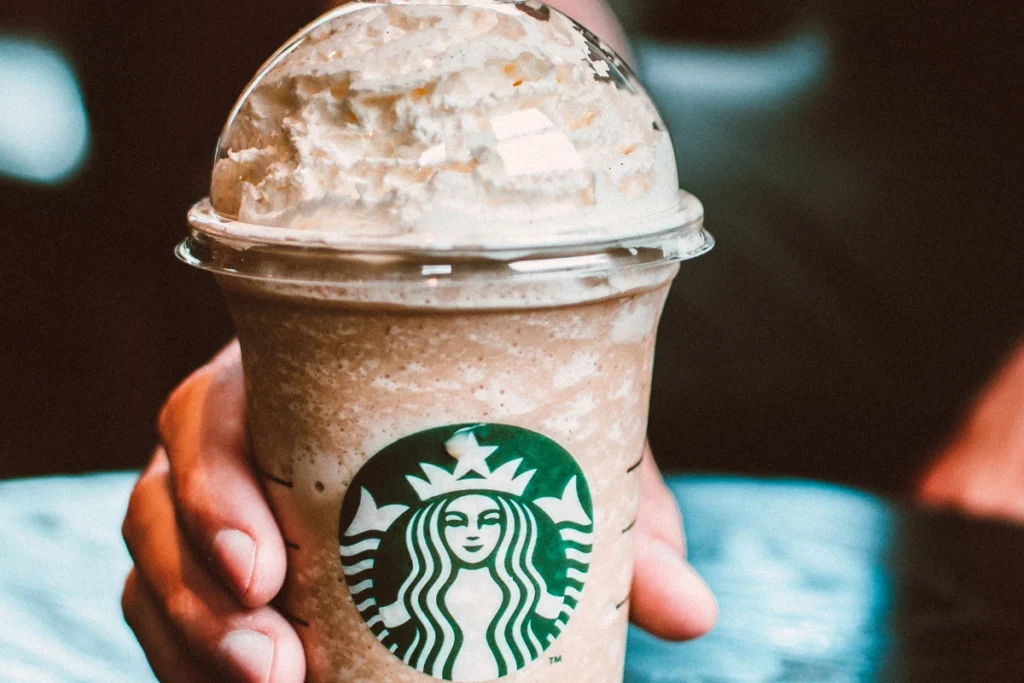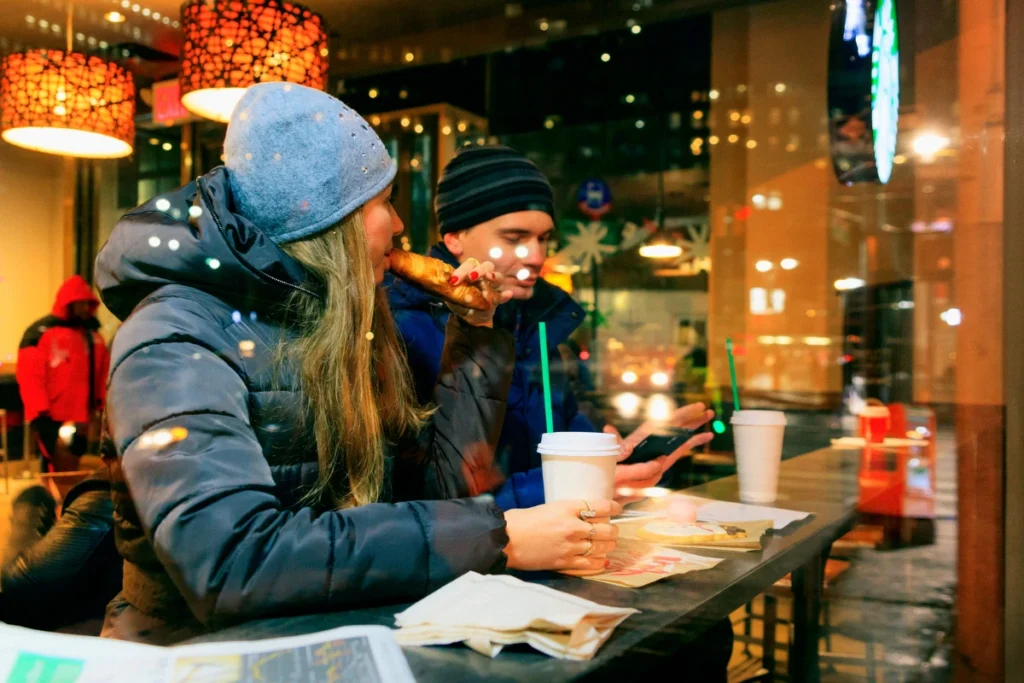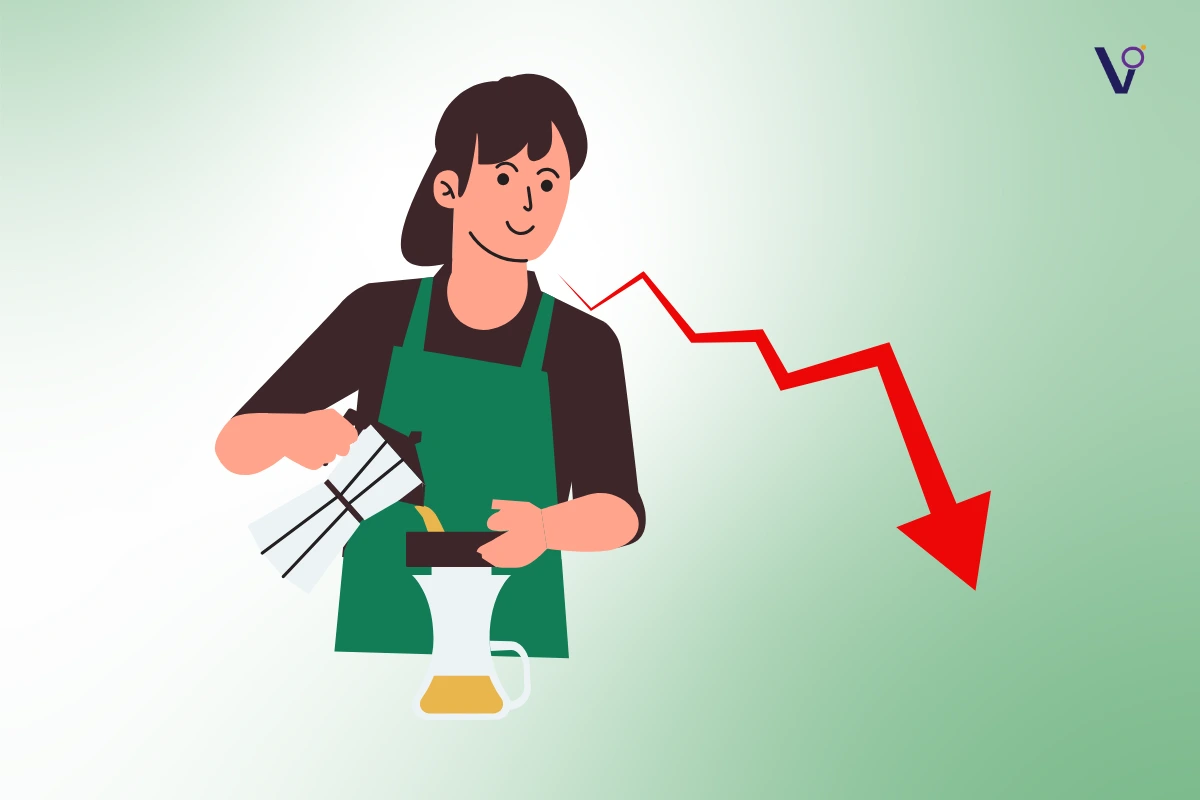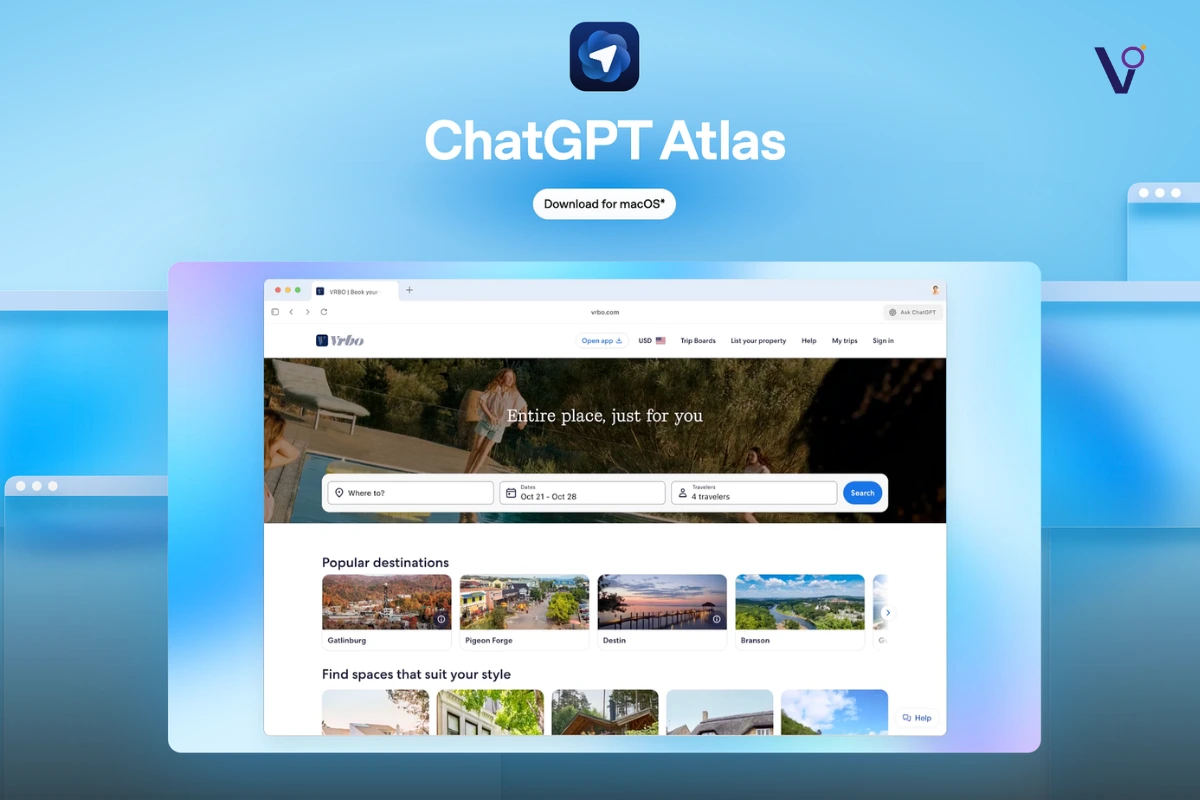With over 38,000 stores globally and close to $36 billion in net sales, Starbucks is among the most well-known brands. Yet, the Starbucks stock decline has been staggering, ranking the company as one of the worst-performing companies in the S&P 500 with its stock plummeting double digits. Previously heralded for its high-end coffee experience, the company is struggling to maintain that image as changing consumer habits and price missteps chip away at its popularity.
Why is Starbucks stock declining?
The occasional customer is dialing back on visits, and Starbucks has failed to articulate the value it brings. The company had been counting on a 2022-style aspirational shoppers instead of a value-conscious shoppers. As competition heats up and consumers monitor spending, Starbucks is trying to shift gears—doubling down on enhancing customer experience, shortening wait times, and building connections with baristas.

Starbucks stock Performance
Starbucks’ stock hit a high in July 2021 at more than $125 per share but plummeted in 2022 due to union strife, China’s COVID lockdowns, and softer margins. The company tried to stage a recovery with initiatives to reimagine store operations, but 2024 has been tough, with two straight earnings misses. Quarter three’s earnings per share came in as expected, but revenue missed by $130 million. By mid-July, the share price remained down over 15% since the beginning of the year.
A concerning trend is the increase in abandoned mobile orders, with customers leaving purchases when they see wait times or costs. While Starbucks has improved on this front—some stores now taking only three minutes to make drinks.
A Shift in Consumer Preferences
Previous CEO Howard Schultz emphasized coffee-led innovation and an experiential, not just transactional, approach. The company faces intense competition, not only from independent coffeehouses but also from convenience-oriented choices such as McDonald’s. The challenge is evident: as Starbucks attempts to move from a “third place” for social engagement to a convenience brand, it threatens to lose its distinctive draw.

Pricing is also an issue. A Starbucks latte has increased by around 25% in price since 2020, but McDonald‘s latte prices have risen more than 40% and are still lower. This shows the difficulty Starbucks faces in competing for price-sensitive consumers. The summer of 2024 marked the beginning of fast-food “value wars,” with chains such as McDonald’s, Burger King, and Wendy’s promoting bundled meals and beverages. Starbucks launched a value pairings menu, a new approach for a company long recognized as a high-end brand.
International Challenges and Market Shifts
Starbucks is also losing share globally. In China, its second home market, Starbucks experienced declining sales at a steeper pace than in North America. The company was surpassed by Luckin Coffee in 2023, which doubled its store count in one year. Despite that setback, Starbucks is still moving forward with expansion plans in China and India while trying to stabilize its U.S. business.
Even as Starbucks holds its position as the biggest competitor in the American coffee market at 26.5%, competitors such as McDonald’s and Tim Hortons argue that it is losing market share.
What Brands Should Learn from Starbucks’ Fall
Starbucks was once a flex. It was the daily go-to spot for millions. It wasn’t just about coffee; it was about the experience, the vibe, the connection. But even after being one of the most successful brands in the world, it’s struggling. And if you can’t hold on to that success, you fall. That’s exactly what’s happening.
So, what should brands take away from this? What not to do?
1. You Can’t Just Bank on the Same Consumer Forever
Starbucks was banking on a consumer that looked a lot like the 2022 aspirational consumer. But now? People are price-conscious. They are looking for value. If your brand doesn’t evolve with them, you risk losing them. That’s what Starbucks is dealing with right now—trying to communicate the value they provide.
2. A Brand Can Lose Its Magic If It’s Not Careful
Once, Starbucks was a “third place” where people wanted to hang out. Now, it’s competing with McDonald’s and convenience stores. The uniqueness? Watered down. When you try to shift from experience to convenience without a solid strategy, you risk losing what made people love your brand in the first place.
3. Pricing Strategies Matter—And So Does Perception
A Starbucks latte went up 25% in price. A McDonald’s latte? Up over 40% in the same period. But here’s the thing—McDonald’s is still cheaper. That makes it more attractive to price-conscious consumers. Starbucks, historically a premium brand, is now trying to play in the value game, but their pricing strategy is tangled. People aren’t necessarily looking for a free extra item—they want a lower base price.
4. Efficiency and Innovation Can’t Be Ignored
The biggest complaint? Long wait times. Starbucks is trying to fix that with digital tools and store workflow improvements. But when 25% of your customers say the wait times have gotten worse, it’s clear that slow fixes can cost you. A brand that doesn’t innovate on efficiency risks losing customers to competitors that do.
5. Global Growth Means Nothing If Your Home Market Struggles
Starbucks is expanding into India and China, but the US business isn’t solid. Should they be growing when their core market is facing issues? That’s a big question. You can’t just expand for the sake of expansion if your foundation is shaking.
6. Brand Perception Can Change Overnight
Starbucks didn’t take an official stance on the Israel-Hamas war, but social media did it for them. Boycotts happened. Sales were hit. This shows how quickly things can spiral when a brand’s public image is at risk. In today’s world, perception is everything.
7. You Can Lose Your Way—But You Can Also Get Back on Track
Here’s the thing: Starbucks isn’t irrelevant. It’s still a giant. It still holds a massive market share. But finding growth is harder now. Brands need to constantly re-engineer, tweak the proposition, and get back on the front foot. It’s not rocket science, but it does require focus.
At the end of the day, even the biggest brands can stumble. The question is—can they get back up?
Starbucks stock has fallen sharply, struggling with pricing missteps, shifting consumer habits, and growing competition.
Higher prices have pushed budget-conscious customers to cheaper alternatives like McDonald’s, weakening sales.
Consumers are now more value-conscious and are reducing discretionary spending. Starbucks had relied on aspirational shoppers, but as financial pressures rise, fewer customers view expensive coffee as a necessity.



